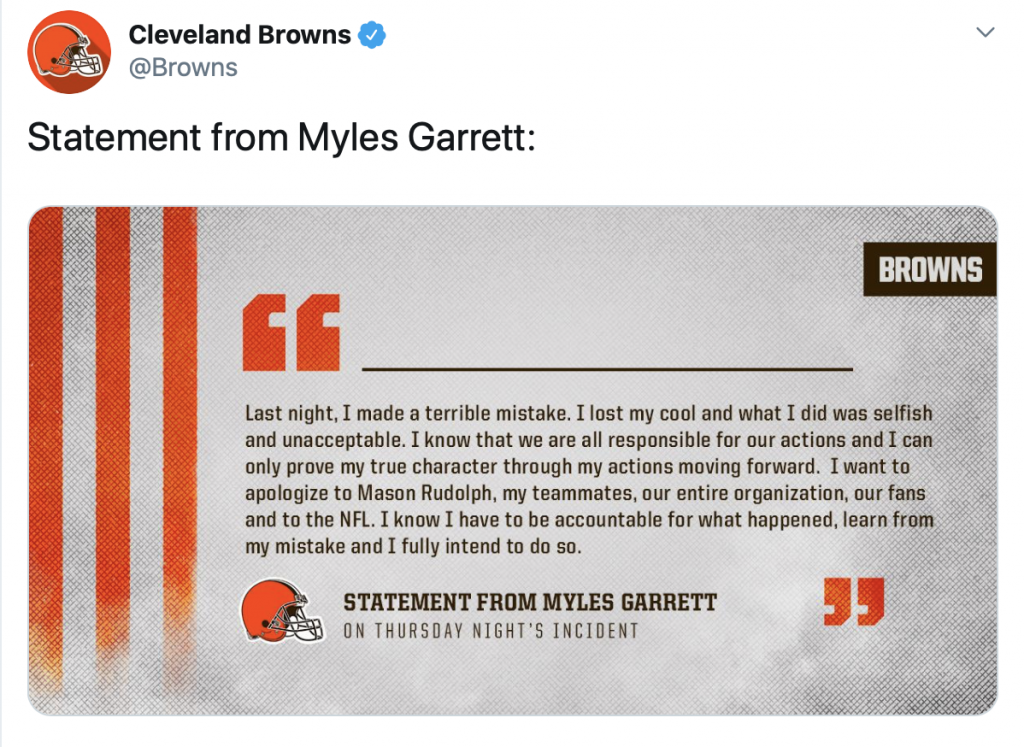When you’ve set a goal and created a PR plan to essentially rebrand football, the last thing you want are conspiracy theories and brawls in which one player could have killed another on national television.
The public relations state of football is mostly good, despite complaints about officiating, reports about long-term head injuries and puzzling moves like giving Colin Kaepernick two hours to decide if he’ll participate in a Saturday workout. But that’s not what this is about.
One look at this year’s television ratings for college football and the NFL and you know that football is as popular as ever.
Not all of the numbers are on the upswing, however. Youth football numbers in tackle football have dropped a reported 10 percent in as many years. Some don’t see this as a problem as long as kids play flag football, learn safe and strategic ways to play the game and join high school teams later on. Nonetheless, there’s worry enough among leaders in the game to spend the last two years working to change the narrative from football is dangerous to that it’s the best sport to teach discipline, teamwork and leadership.
A violent NFL episode in the waning moments of the Pittsburgh Steelers-Cleveland Browns game on Thursday Night Football reminds me of a New York Times article that detailed the state of the game and the mindset of the National Football Foundation’s board to save the it against those concerns. Last year it launched #FootballMatters and footballmatters.com to spread the message that football is safer with new equipment, rules and strategies than in the game’s history.
The Pittsburgh-Cleveland brawl was beyond the National Football Foundation’s control, but it begs the question about how coaches at all levels tweak the public relations message when many who follow, played or cover football tweeted that they were glad their kids weren’t awake to see what escalated in Cleveland.
Suggested – I suggest the foundation, youth, college and professional football coaches use the Steelers-Browns debacle as a lesson of how not to conduct yourself on a football field. Pittsburgh quarterback Mason Rudolph could have been horrifically injured had his helmet, which Cleveland defensive end Myles Garrett stripped from his head, hit him at another angle. Shoot, ripping the helmet off Rudolph’s head was dangerous enough. (The NFL has since suspended Garrett “indefinitely” and others were assessed suspensions and fines.)

Football is a violent sport and we used to see brutal hits years ago. What happened in the Steelers-Browns game looked street-like, however, especially in a climate in which we’ve seen leagues, coaches and yes, moms and dads, campaign to change rules to better protect players from traumatic injury.
The National Football Foundation doesn’t have an easy job when something like this happens. It’s why public relations plans always have to have “what if” scenarios. The foundation may not say much publicly because it wasn’t a hit on its marketing message. The bottom line is that everything that happens in football affects that mission. If I’m a member of the board, I speak a little louder about the best the game has to offer.
###
©Gail Sideman, gpublicity.com 2019